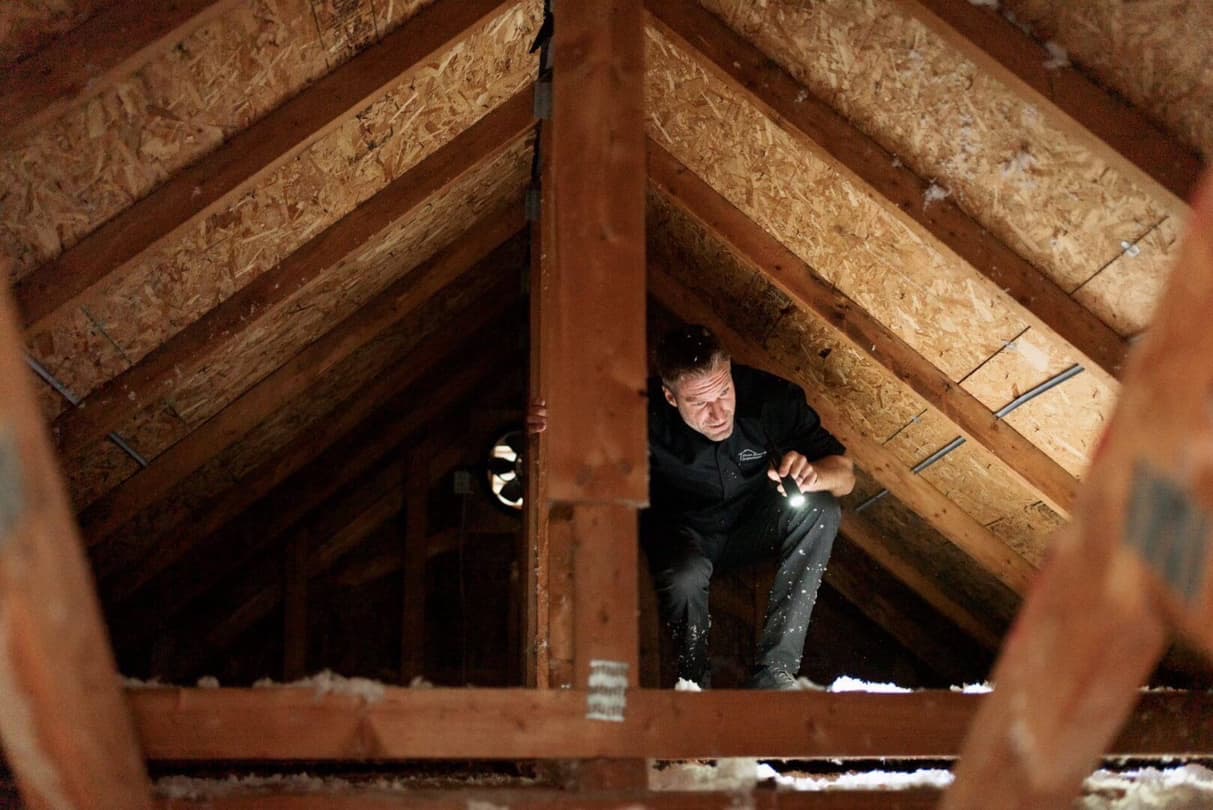

Articles
Who Can Inspect My Attic
Modified: August 21, 2024
Looking for articles on who can inspect your attic? Find expert advice and tips on getting your attic inspected by professionals.
(Many of the links in this article redirect to a specific reviewed product. Your purchase of these products through affiliate links helps to generate commission for Storables.com, at no extra cost. Learn more)
Introduction
An attic is often an overlooked area in most homes. It is easy to forget about it as it remains hidden above the main living area. However, regular inspections of your attic are crucial to ensure the overall health and safety of your home. Whether you hire a professional or decide to do it yourself, attic inspections are key in identifying and addressing potential issues before they turn into major problems.
In this article, we will explore the importance of inspecting your attic, discuss the benefits of hiring a professional attic inspector, and provide you with tips on how to do a DIY attic inspection. We will also highlight common issues that can be found in attics, the tools required for an inspection, safety precautions to take, and the warning signs that indicate your attic is in need of inspection.
By the end of this article, you will have a clear understanding of why attic inspections are crucial and how you can ensure the integrity of your home by properly inspecting your attic.
Key Takeaways:
- Regular attic inspections are essential to maintain a safe and efficient home. Identifying issues early on can prevent major problems, improve energy efficiency, and protect indoor air quality.
- Hiring a professional attic inspector can provide thorough assessments and expert recommendations, ensuring the long-term integrity of your home. DIY inspections are viable but may not uncover all potential issues.
Read more: Who Can Help Protest My Property Assessment
Importance of Inspecting Your Attic
Inspecting your attic on a regular basis is essential for several reasons. Firstly, it allows you to identify and address any potential issues that may be present. Attics are prone to problems such as leaks, mold growth, insulation damage, and pest infestation. By regularly inspecting your attic, you can catch these issues early on and prevent them from causing further damage to your home.
Secondly, attic inspections help improve energy efficiency in your home. If there are any gaps or cracks in your attic, it can lead to air leakage, resulting in loss of heated or cooled air. This can significantly impact your energy bills and make it harder for your HVAC system to maintain a comfortable indoor temperature. Inspecting your attic allows you to identify and seal any air leaks, improving the efficiency of your home and reducing energy costs.
Additionally, a well-maintained attic can contribute to better indoor air quality. Attics are prone to moisture buildup, which can lead to mold growth. Mold spores can circulate through the air and cause respiratory issues and allergic reactions. By regularly inspecting your attic, you can identify any signs of moisture or mold growth and take corrective actions to prevent it from spreading to the rest of your home.
Furthermore, some homeowners use their attics for storage purposes. An attic that is not properly inspected and maintained can become a breeding ground for pests such as rodents and insects. These pests can damage your belongings and even pose health risks to your family. Regular attic inspections allow you to detect any signs of pest infestation and implement necessary pest control measures to protect your belongings and maintain a clean and safe attic space.
In summary, inspecting your attic is essential to identify and address potential issues, improve energy efficiency, maintain indoor air quality, and prevent pest infestation. Regular attic inspections contribute to the overall health and safety of your home, allowing you to enjoy a comfortable and well-maintained living space.
Hiring a Professional Attic Inspector
When it comes to attic inspections, hiring a professional attic inspector can provide several benefits. These experts have the knowledge, experience, and specialized tools to thoroughly assess the condition of your attic and identify any potential issues that might not be easily noticeable to an untrained eye.
One of the key advantages of hiring a professional attic inspector is their ability to conduct a comprehensive and detailed inspection. They know exactly what to look for and can identify problems such as water damage, insulation issues, ventilation problems, and signs of pest infestation. They will thoroughly examine the attic’s structure, insulation, roof vents, ventilation system, and electrical components to ensure everything is in proper working order.
Professional attic inspectors also have access to advanced tools and equipment that allow for more accurate assessments. For instance, thermal imaging cameras can be used to detect hidden moisture or insulation gaps. This helps identify potential issues that might not be visible to the naked eye. Furthermore, inspectors can use special meters to measure moisture levels and assess the effectiveness of insulation.
Another benefit of hiring a professional attic inspector is that they can provide you with expert advice and recommendations. Based on their findings, they can suggest the appropriate repairs or improvements needed. They can provide guidance on insulation upgrades, ventilation improvements, and recommend pest control measures if necessary. Their expertise can help you make informed decisions and take necessary actions to optimize the condition and functionality of your attic.
Overall, hiring a professional attic inspector saves you time and effort while providing you with peace of mind. They have the expertise, tools, and knowledge to conduct a thorough inspection, identify potential issues, and provide you with valuable recommendations. By investing in a professional inspection, you can ensure your attic is in optimal condition, preventing future problems and ensuring the long-term integrity of your home.
DIY Attic Inspection
If you prefer a hands-on approach or want to save some money, conducting a DIY attic inspection is a viable option. While not as comprehensive as hiring a professional attic inspector, a DIY inspection can still help you identify common issues and determine if further action is needed.
Here are some steps to follow for a basic DIY attic inspection:
- Safety first: Before entering your attic, ensure you have the necessary safety equipment, such as a sturdy ladder, gloves, a mask, and a flashlight. It’s also a good idea to let someone know you will be inspecting the attic, in case of an accident or emergency.
- Check for signs of moisture: Look for any water stains, discoloration, or mold growth on the walls, ceiling, and insulation. Moisture can indicate a leak in the roof or plumbing system, and mold growth may indicate poor ventilation or insulation issues.
- Inspect insulation: Assess the condition and thickness of the insulation. Make sure it is evenly distributed without any gaps or compression. Inadequate insulation can lead to energy loss and reduced efficiency.
- Check for signs of pests: Look for droppings, chewed wood or wires, nests, or signs of activity from rodents or insects. Pest infestations can cause significant damage and health risks.
- Examine ventilation: Ensure the attic has proper ventilation. Check for the presence of vents, ensuring they are clear of debris and functioning properly. Adequate ventilation helps regulate temperature and prevents moisture buildup.
- Inspect electrical components: Examine the electrical wiring, outlets, and fixtures in the attic. Look for any exposed or damaged wires that may pose a fire hazard.
While a DIY attic inspection can provide you with a general idea of your attic’s condition, it’s important to note that it may not uncover all potential issues. For a more thorough assessment, it is recommended to hire a professional attic inspector.
Remember, if you discover any major problems or feel unsure about the inspection process, it’s best to consult with a professional for further evaluation and assistance.
Common Issues Found in Attics
Attics are vulnerable to various issues that can arise over time. Regular inspection is essential to identify these problems and address them promptly. Here are some of the most common issues found in attics:
- Water Leaks: Water leaks are a common problem in attics, often caused by roof leaks, faulty plumbing, or condensation. These leaks can lead to water damage, rot, and mold growth.
- Mold and Mildew: Due to poor ventilation and moisture buildup, attics are prone to mold and mildew growth. Mold can lead to health issues and cause deterioration of the attic’s structure and insulation.
- Poor Insulation: Inadequate or damaged insulation in the attic can result in energy loss, higher utility bills, and difficulty maintaining a comfortable indoor temperature.
- Pest Infestation: Attics provide an ideal environment for pests such as rodents, insects, and bats. These pests can cause damage to insulation, wiring, and stored belongings.
- Ventilation Issues: Inadequate airflow and ventilation in the attic can lead to excessive heat buildup, moisture accumulation, and poor air quality in the entire house.
- Electrical Problems: Faulty electrical wiring in the attic can be a fire hazard. It is essential to check for any exposed or damaged wires and ensure proper electrical connections.
- Deteriorated Roofing: Issues with the roof, such as missing or damaged shingles, can allow water to seep into the attic and cause further damage.
- Structural Damage: Over time, attics may experience structural issues such as sagging beams or weakened supports. These problems can compromise the integrity of the entire home.
Regular inspection of your attic allows you to catch these common issues early on and prevent them from escalating into larger and costlier problems. It is important to address these issues promptly with the help of professionals to ensure the safety, stability, and efficiency of your home.
Tip: Look for certified home inspectors or roofing contractors who offer attic inspection services. Make sure they have experience and knowledge in identifying issues such as insulation problems, ventilation issues, and signs of pests or water damage.
Read more: Who Can Install A Dryer Vent
Tools Required for Attic Inspection
Performing an attic inspection requires the use of specific tools to help you thoroughly assess the condition of your attic. Here are some essential tools you may need:
- Flashlight: A reliable flashlight is crucial for illuminating dark areas of your attic and for detailed inspection.
- Ladder: A sturdy ladder is necessary for safe access to the attic. Ensure that the ladder is appropriate for the height and weight capacity needed.
- Tape Measure: A tape measure is useful for measuring the dimensions of the attic space and for assessing insulation levels.
- Moisture Meter: A moisture meter helps detect the level of moisture present in the attic, which is important for identifying potential water damage and mold growth.
- Thermal Imaging Camera: A thermal imaging camera can detect temperature variations, helping to identify potential air leaks, insulation gaps, and hidden moisture.
- Binoculars: Binoculars can be used to inspect the roof from inside the attic, allowing you to identify any damage or potential issues without having to physically go on the roof.
- Screwdriver and Pliers: These tools are handy for removing access panels, inspecting electrical components, and making minor adjustments if needed.
- Dust Mask and Gloves: It is essential to protect yourself from potential allergens, dust, insulation fibers, and other contaminants by wearing a dust mask and gloves.
- Protective Clothing: Wearing long sleeves, pants, and closed-toe shoes can provide an extra layer of protection during the inspection.
Having these tools readily available before starting your attic inspection will ensure that you have everything you need to perform a thorough assessment and identify any potential issues. It is important to prioritize safety and take necessary precautions while using these tools in the confined space of your attic.
Safety Precautions for Attic Inspection
Performing an attic inspection requires taking certain safety precautions to ensure your well-being while working in a potentially hazardous environment. Here are some important safety measures to keep in mind:
- Proper Attire: Wear appropriate clothing, including long sleeves, long pants, closed-toe shoes, and a dust mask, to protect yourself from potential allergens, insulation fibers, and other contaminants.
- Protective Gear: Wear gloves to protect your hands from sharp objects and potential irritants. Additionally, consider wearing safety goggles to shield your eyes from debris or dust.
- Good Lighting: Ensure that the attic is well-lit before entering. Use a reliable flashlight to illuminate dark areas and improve visibility.
- Sturdy Ladder: Use a sturdy and stable ladder that can support your weight. Secure the ladder properly and ensure it is positioned at the correct angle before climbing.
- Maintain Balance: While in the attic, move slowly and carefully to maintain your balance. Watch your step and be cautious not to step on any weak or damaged areas.
- Avoid Obstacles: Be mindful of any obstacles, such as exposed nails, low-hanging beams, or electrical wires. Take precautions to avoid tripping or accidentally bumping into these hazards.
- Electrical Safety: If you need to inspect electrical components, ensure that the power supply to the attic is turned off. Treat all electrical wiring and fixtures as live until confirmed otherwise.
- Detect Gas Leaks: If you suspect a gas leak in the attic, do not enter. Instead, evacuate the premises and contact a professional to handle the situation.
- Assess Structural Integrity: Before stepping into the attic, visually inspect the area for any signs of structural damage, such as sagging beams or weakened supports. If you notice any concerning issues, it is best to consult a professional.
Remember, if at any point you feel uncomfortable, unsafe, or unsure about any aspect of the attic inspection, it is recommended to seek professional assistance. Your safety should always be the top priority during any home inspection or maintenance task.
Signs that Your Attic Needs Inspection
Regular attic inspections are essential to ensure the overall health and safety of your home. However, there are specific signs that indicate it is time to inspect your attic more thoroughly. Here are some key indicators that your attic may need inspection:
- Water Stains: If you notice water stains on the walls or ceiling below your attic, it is a clear sign of water intrusion. This could be indicative of a roof leak or plumbing issue that needs to be addressed immediately.
- Musty Odor: A persistent musty or moldy smell in your home could be a sign of mold or mildew growth in the attic. It is important to identify the source of the odor and take appropriate measures to address the issue.
- Drafts or Temperature Variations: If you notice drafts or experience significant temperature variations in certain areas of your home, it could indicate insulation problems or air leaks in the attic. An attic inspection can help identify the cause and rectify the issue.
- Increased Energy Bills: Unexplained spikes in your energy bills can be a result of poor insulation or air leakage in the attic. Inspecting the attic can help identify areas of improvement, leading to energy savings.
- Pest Infestation: If you notice signs of pests, such as droppings or chewed wires in other parts of your home, it is essential to inspect the attic for pest entry points or nests. Prompt action is necessary to prevent further damage and address potential health risks.
- Visible Damage: Any visible signs of damage, such as sagging beams, cracked insulation, or damaged roofing material, should prompt an attic inspection. These issues can compromise the structural integrity of your attic and the entire home.
- Age of the Home: If your home is older and has not undergone a recent attic inspection, it is advisable to conduct one. Older homes are more susceptible to issues like outdated insulation, deteriorating roofing, or outdated electrical systems.
- Renovations: If you have recently completed renovations or had work done on your roof, it is important to inspect the attic afterward. Construction activities can disrupt insulation or create new entry points for water or pests.
It is important to address these signs promptly to prevent further damage and maintain the overall health and safety of your home. Regular attic inspections can help identify and resolve issues before they escalate into more significant and costly problems.
Conclusion
In conclusion, conducting regular attic inspections is crucial for maintaining the integrity, safety, and efficiency of your home. Whether you choose to hire a professional attic inspector or perform a DIY inspection, staying proactive in assessing your attic can help you identify potential issues and take necessary actions before they become major problems.
We discussed the importance of attic inspections, highlighting the benefits of catching issues early on. By inspecting your attic, you can address problems such as water leaks, mold growth, poor insulation, pest infestation, ventilation issues, electrical problems, and structural damage. Regular inspections also contribute to better energy efficiency, improved indoor air quality, and protection of your belongings.
If you decide to hire a professional attic inspector, you can benefit from their expertise, thoroughness, and access to specialized tools. They can provide you with expert advice and recommendations for necessary repairs or improvements. However, if you choose to perform a DIY attic inspection, be sure to take necessary safety precautions, use appropriate tools, and be aware of the limitations of your inspection.
Remember that common signs indicating your attic needs inspection include water stains, musty odors, drafts, increased energy bills, pest infestation, visible damage, the age of your home, or recent renovations. These signs indicate potential issues that should be addressed to maintain a safe and healthy living environment.
In conclusion, regular attic inspections are crucial in preserving the overall well-being of your home. By staying proactive and addressing any issues that arise, you can ensure a comfortable, efficient, and safe living space for you and your family.
Frequently Asked Questions about Who Can Inspect My Attic
Was this page helpful?
At Storables.com, we guarantee accurate and reliable information. Our content, validated by Expert Board Contributors, is crafted following stringent Editorial Policies. We're committed to providing you with well-researched, expert-backed insights for all your informational needs.

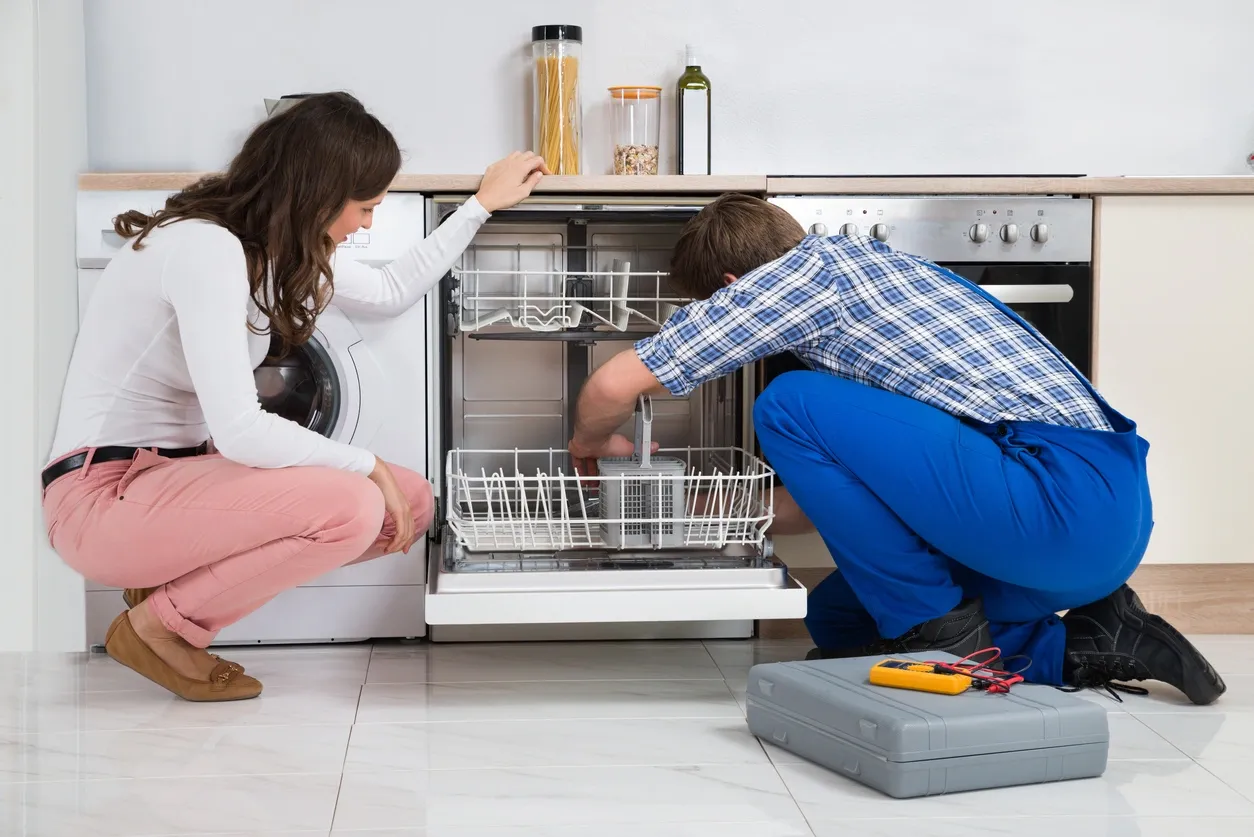
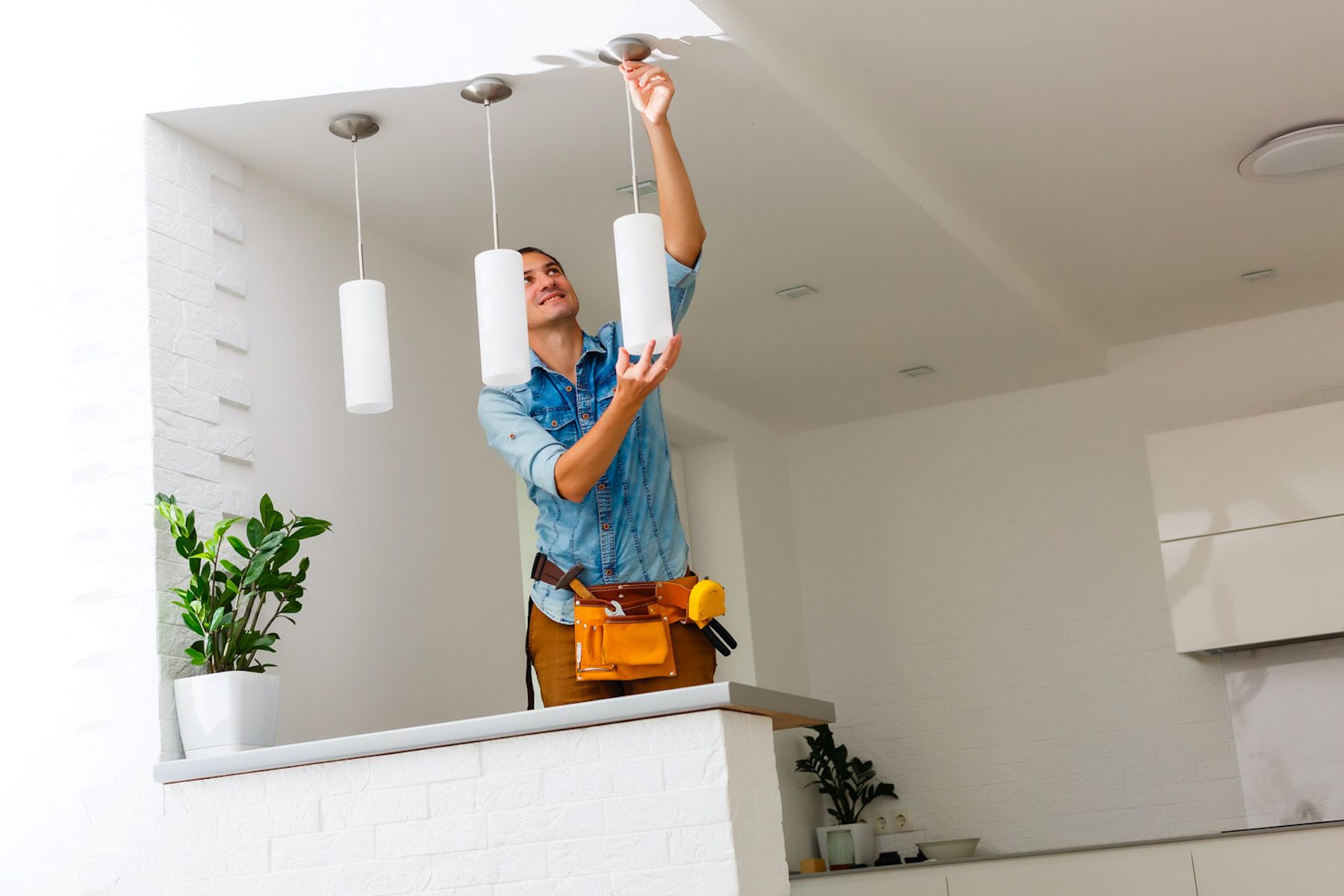

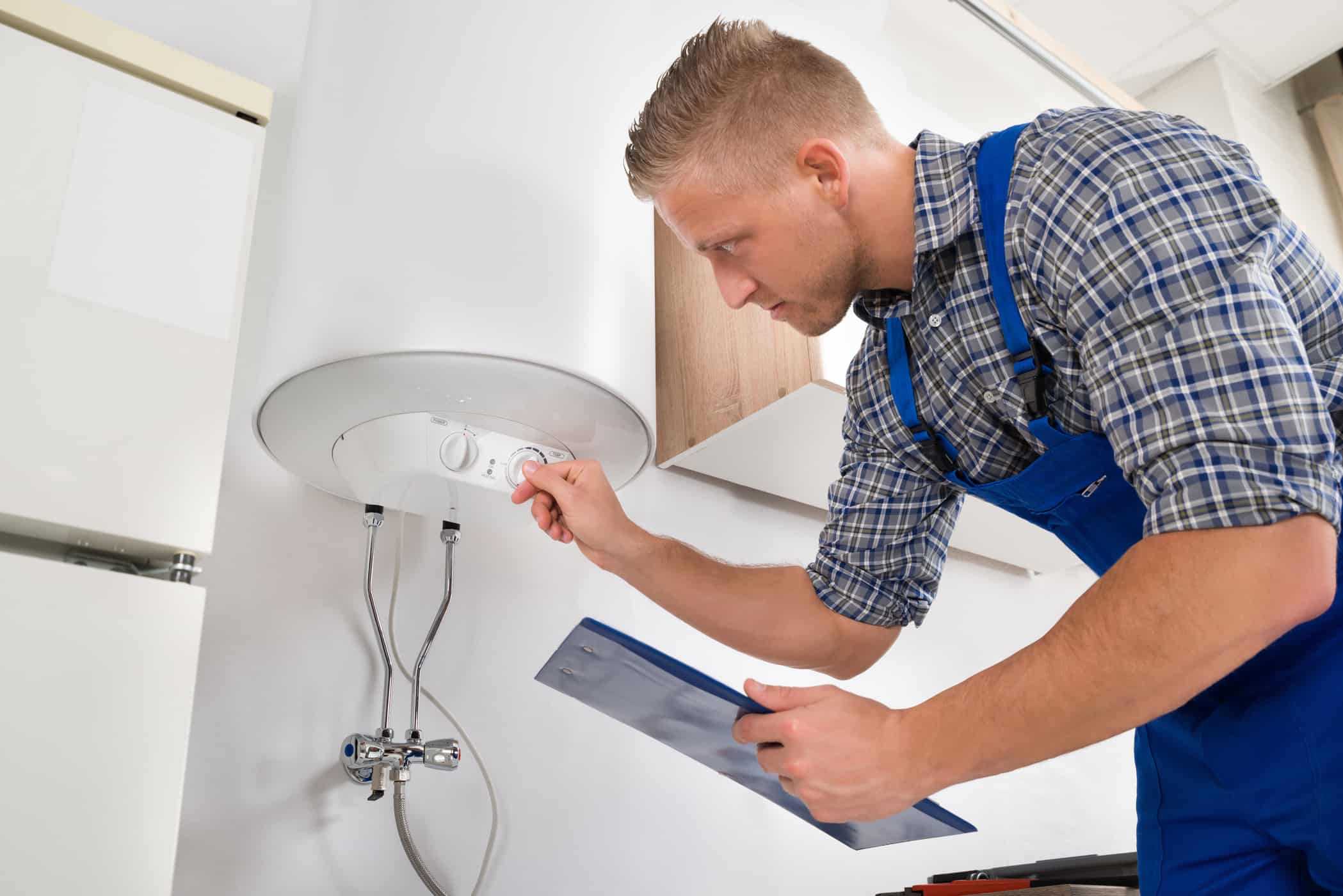

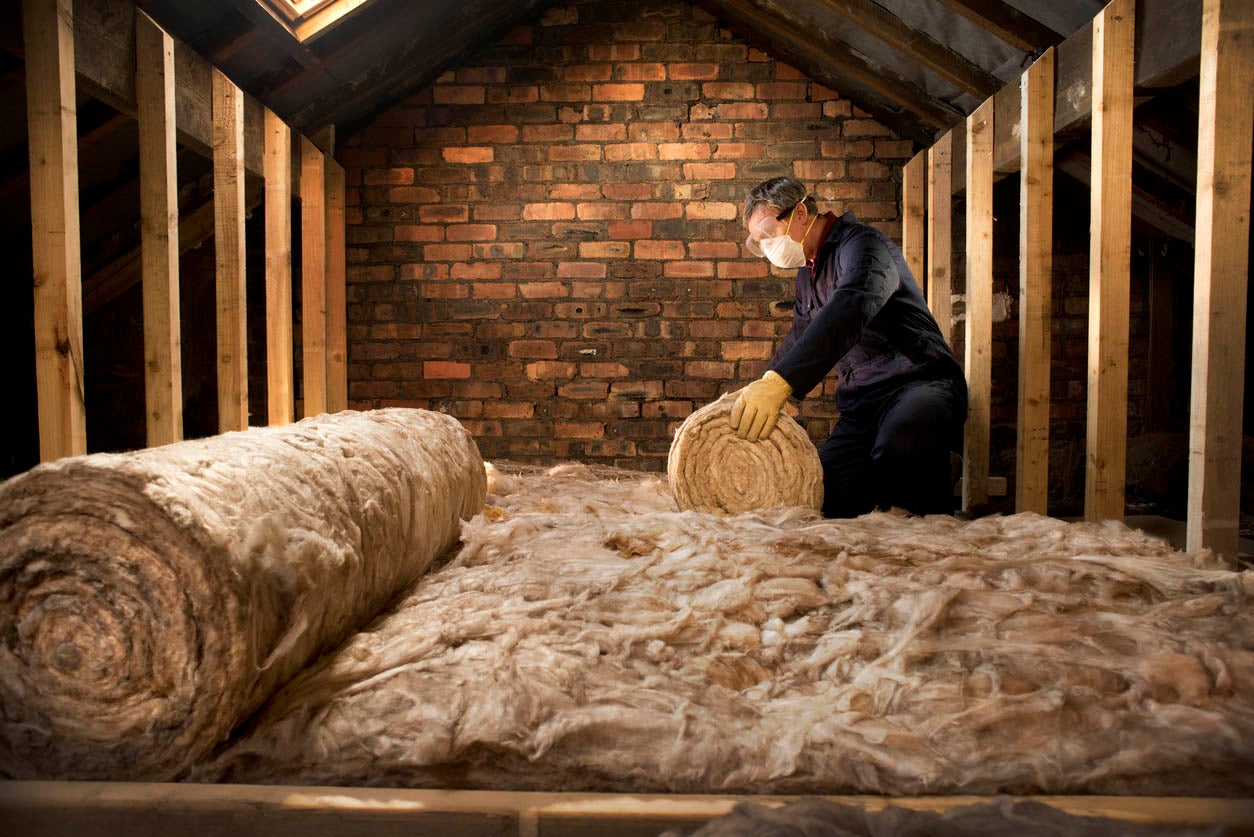
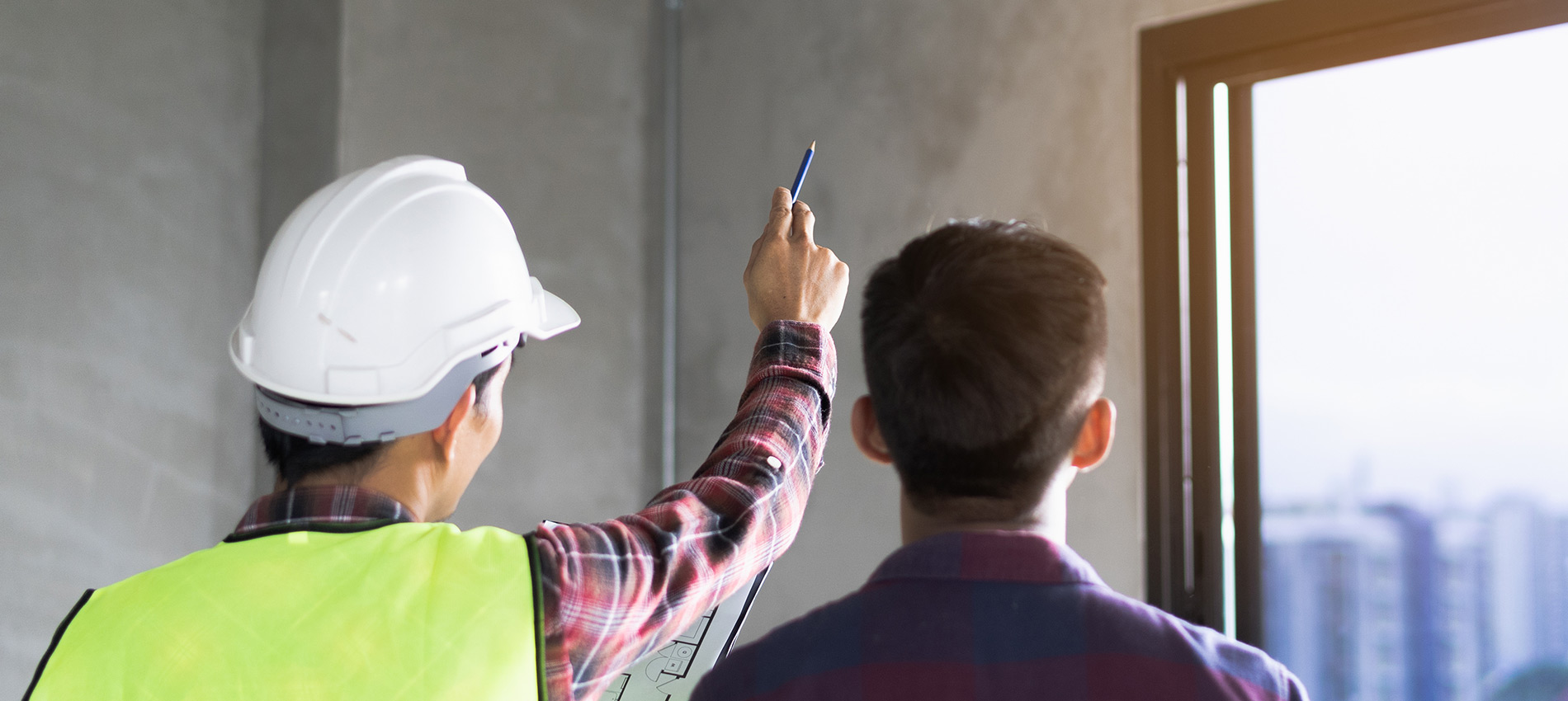

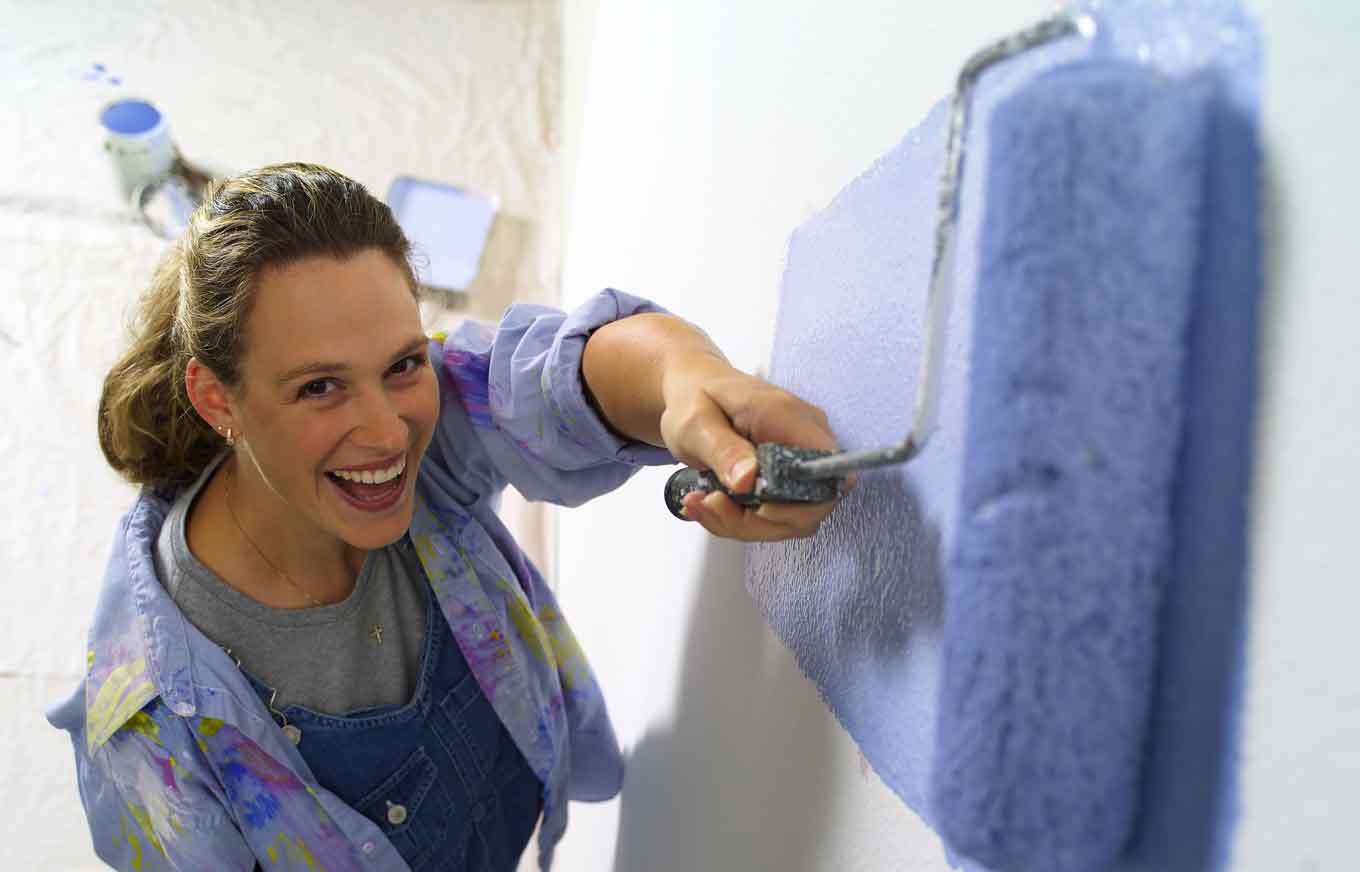

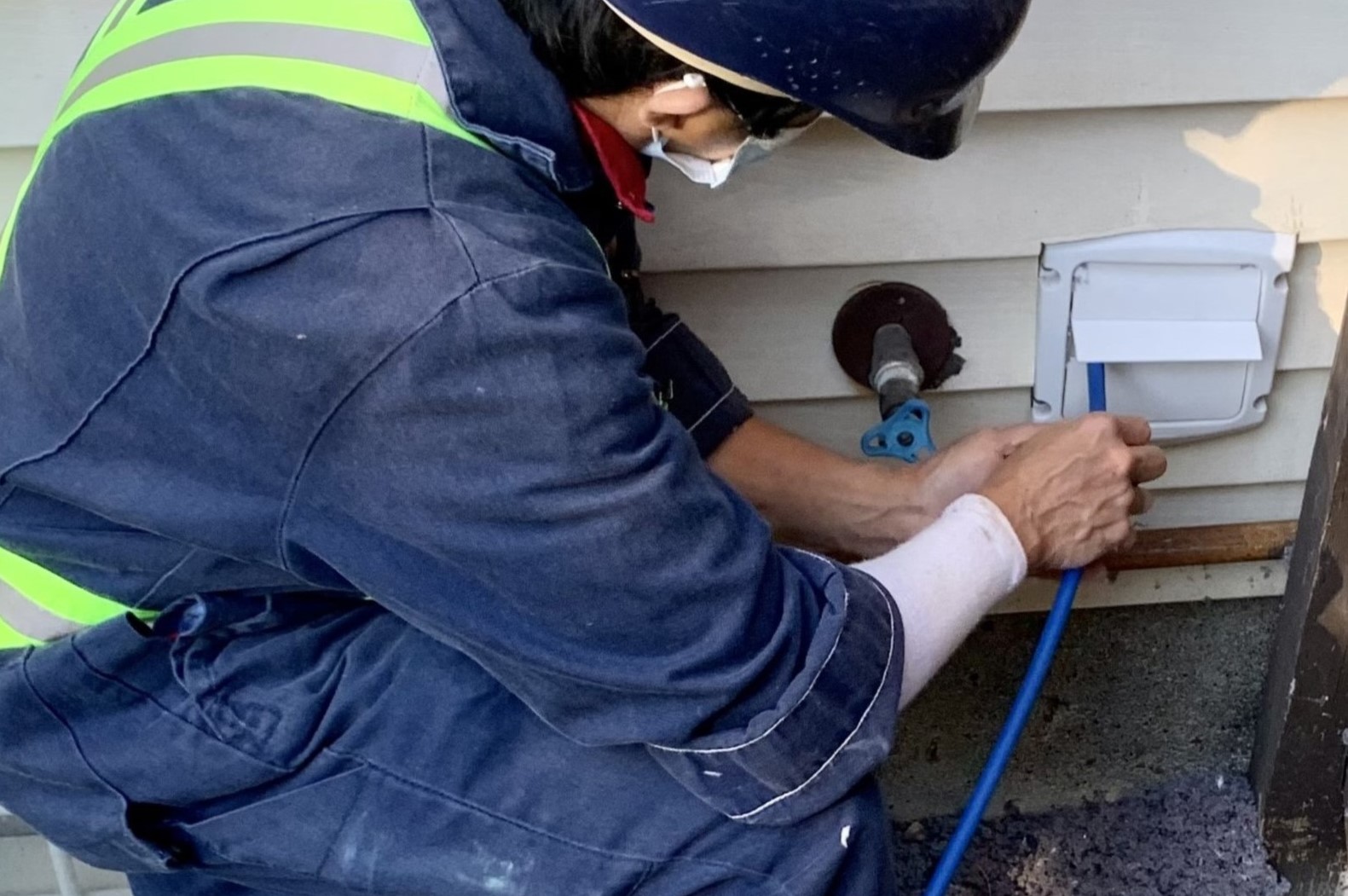
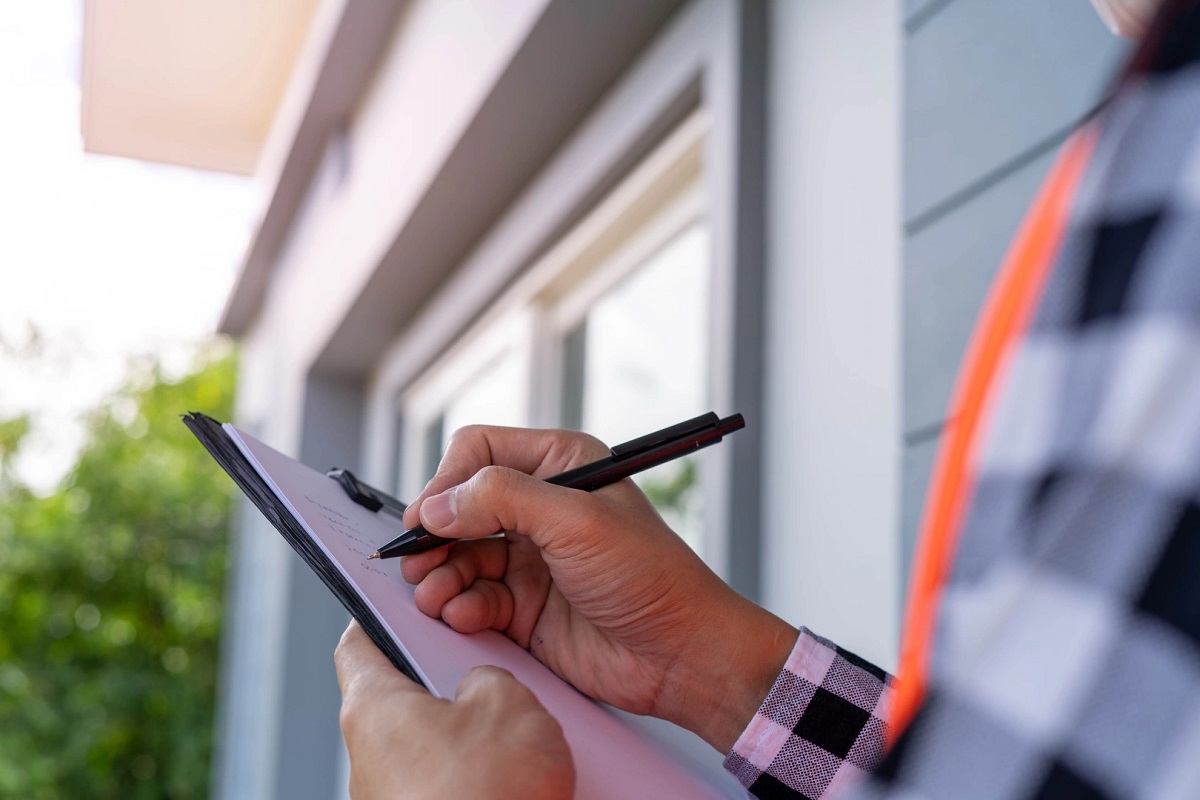
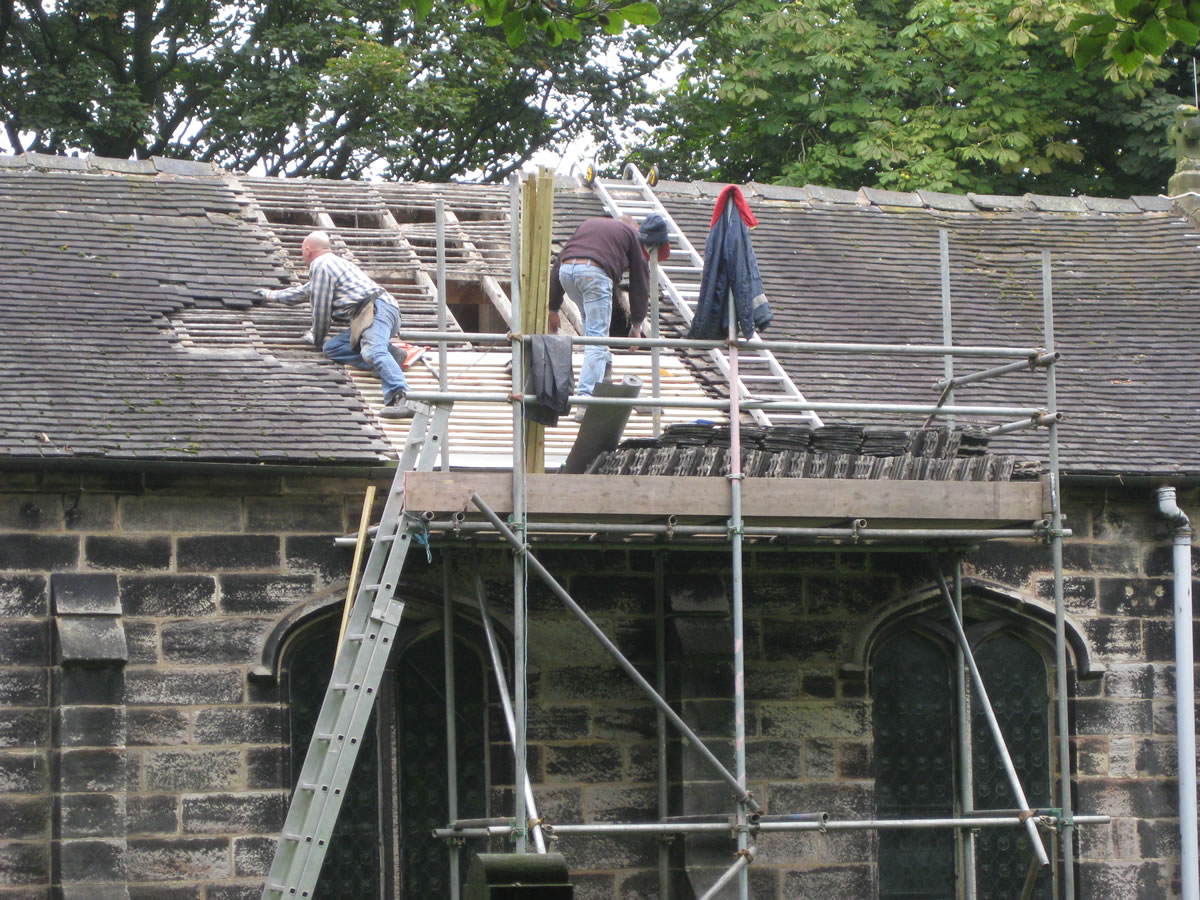

0 thoughts on “Who Can Inspect My Attic”